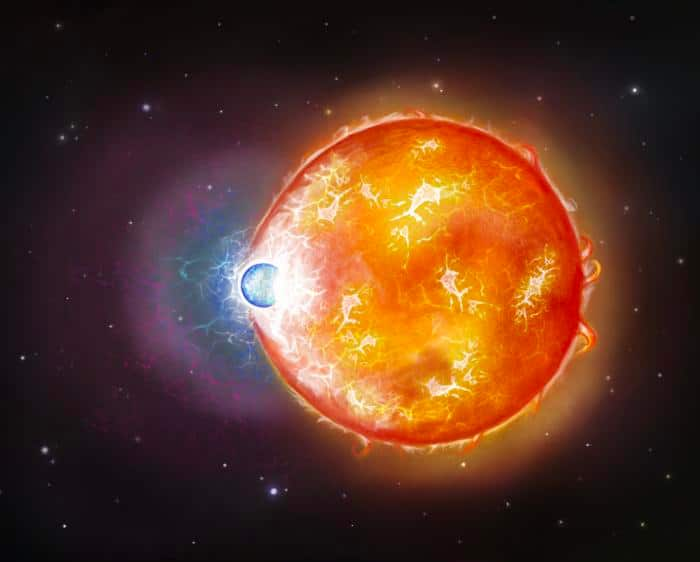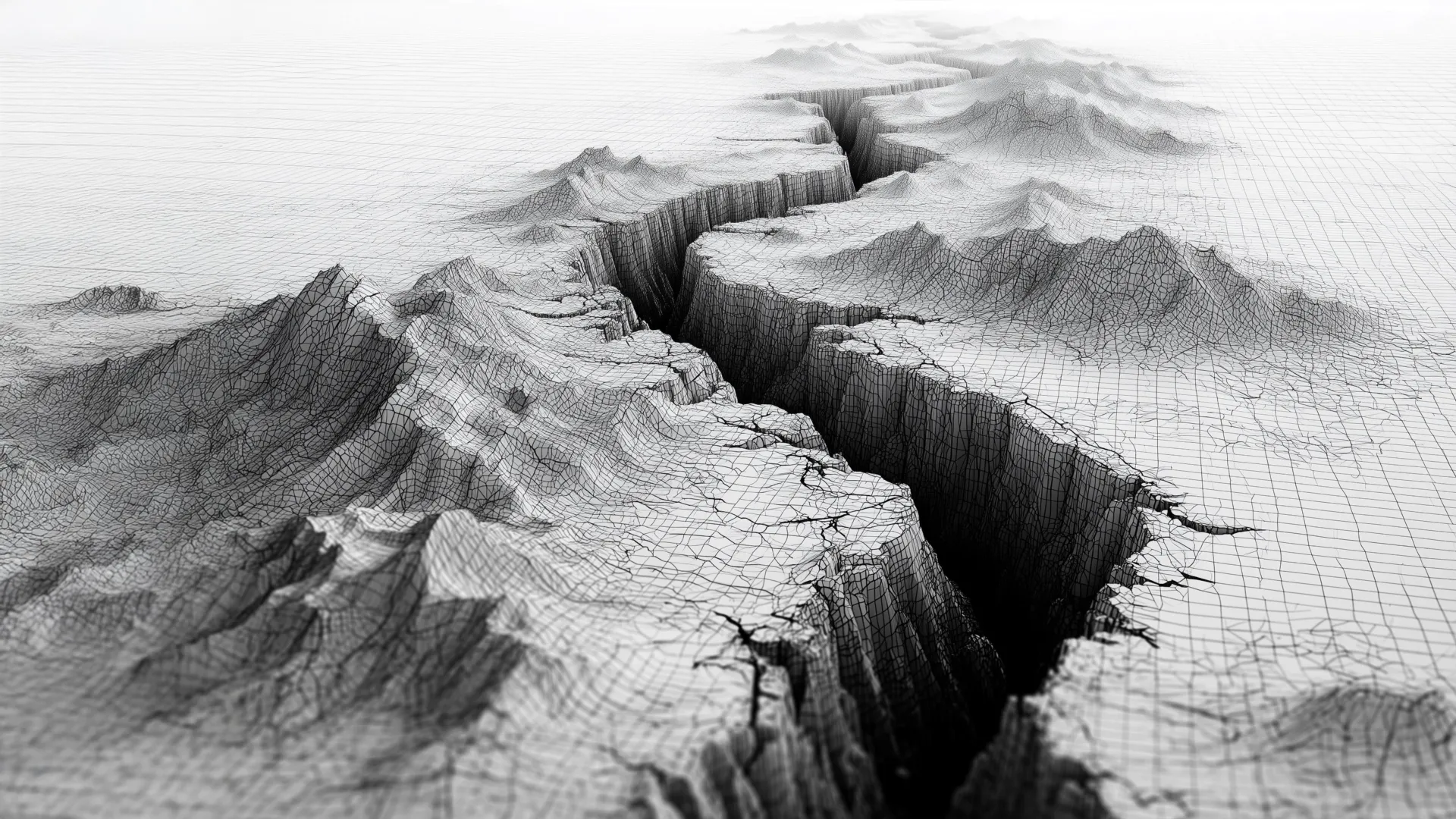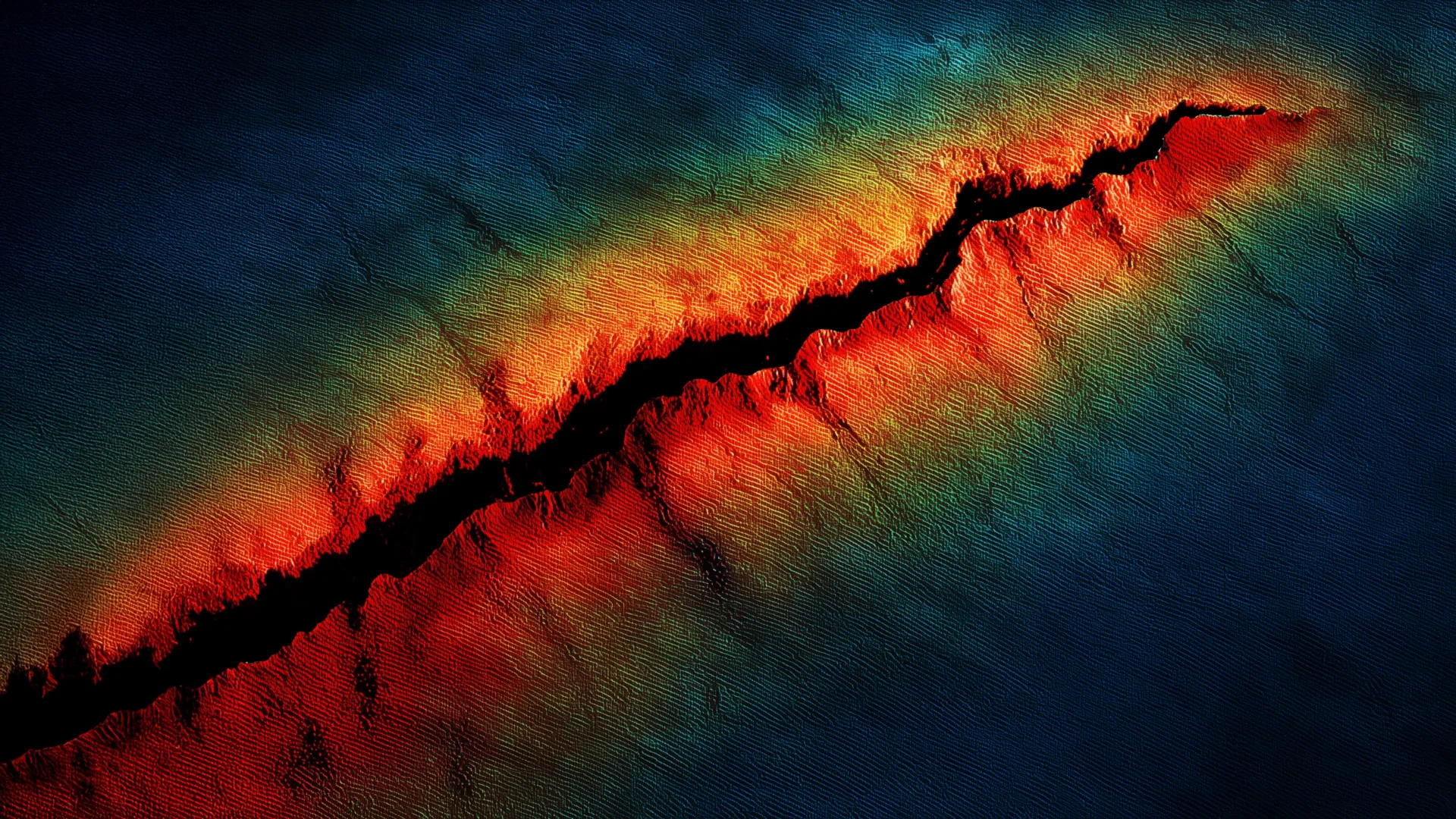Scientists Discover a Black Hole So Massive, It Will Change Everything We Know About the Universe!

Have you ever thought about how small we really are in the grand scheme of the universe? Well, brace yourself because scientists have just unveiled a cosmic giant that’s left them—and us—staggered. Hidden about 5 billion light-years away, a newly discovered black hole is so immense that it dwarfs our own Milky Way’s black hole by a whopping 8,000 times!
This colossal entity is located within a system of galaxies known as the Cosmic Horseshoe, which is aptly named due to its striking shape, a result of gravitational lensing—an extraordinary phenomenon predicted by none other than Albert Einstein. As the light from a distant galaxy bends around a massive foreground galaxy, it creates a visual spectacle that can make even the most seasoned astronomers do a double take.
To put things in perspective, this recently measured black hole holds a staggering mass equivalent to 36 billion suns. Yes, you read that right—36 billion! Thomas Collett, a professor at the University of Portsmouth and one of the study's authors, stated, “This is amongst the top 10 most massive black holes ever discovered, and quite possibly the most massive.”
But what’s fascinating is that this black hole is categorized as a 'dormant' black hole. Unlike active black holes, which constantly devour surrounding matter and emit intense radiation, this behemoth is quietly sitting in its galaxy, not actively pulling in nearby gas and stars. For context, our own Milky Way’s black hole, Sagittarius A*, is a mere shadow in comparison, holding about 4.15 million suns!
Collett and his team believe that the relationship between black holes and their parent galaxies is deeply interconnected. “We think the size of both is intimately linked,” he explained. As galaxies grow, they funnel matter towards their central black holes, which causes them to expand significantly. This process often leads to the formation of quasars—extremely bright celestial objects that emit enormous energy, ultimately affecting star formation within their host galaxies.
The methodology behind this black hole's measurement is noteworthy. Traditionally, it’s the X-ray emissions from actively feeding black holes that provide the clearest indicators of their existence. However, this research team cleverly sidestepped that challenge. They utilized the immense gravitational pull of the dormant black hole itself, which creates warps in space-time that can even bend light from distant galaxies.
Imagine a trampoline—place a heavy ball on it, and it creates a dip that smaller balls will roll into. In this analogy, the heavy ball represents the black hole, warping the fabric of space-time and influencing the path of light traveling past it. That's how they were able to find this hidden giant.
Interestingly, the Cosmic Horseshoe is an exemplary case of gravitational lensing, displaying an almost perfect ring-like structure around the foreground galaxy. This phenomenon, when observed, is referred to as an “Einstein Ring.” In this case, however, it’s more of an “Einstein Horseshoe.”
By combining gravitational lensing measurements with the rapid motion of stars orbiting the massive black hole, the researchers confirmed its existence. As Carlos Melo, the lead author of the study, stated, “We detected the effect of the black hole in two ways—it is altering the path that light takes as it travels past the black hole, and it is causing stars in the inner regions of its host galaxy to move extremely quickly.”
What lies ahead for this groundbreaking discovery? The researchers aim to delve deeper into understanding the connection between black hole size and galaxy size, as well as unraveling the mystery of how this particular black hole became so gargantuan. The Cosmic Horseshoe, classified as a “fossil group,” is the end stage of galaxy formation, a glimpse into what our own Milky Way and Andromeda might one day become as they collide and merge into a singular colossal entity.
Collett noted, “We’re seeing the end state of galaxy formation and the end state of black hole formation.” It’s a cosmic revelation that not only expands our understanding of the universe but also reminds us how wonderfully intricate and unexplored our cosmic home really is.



























